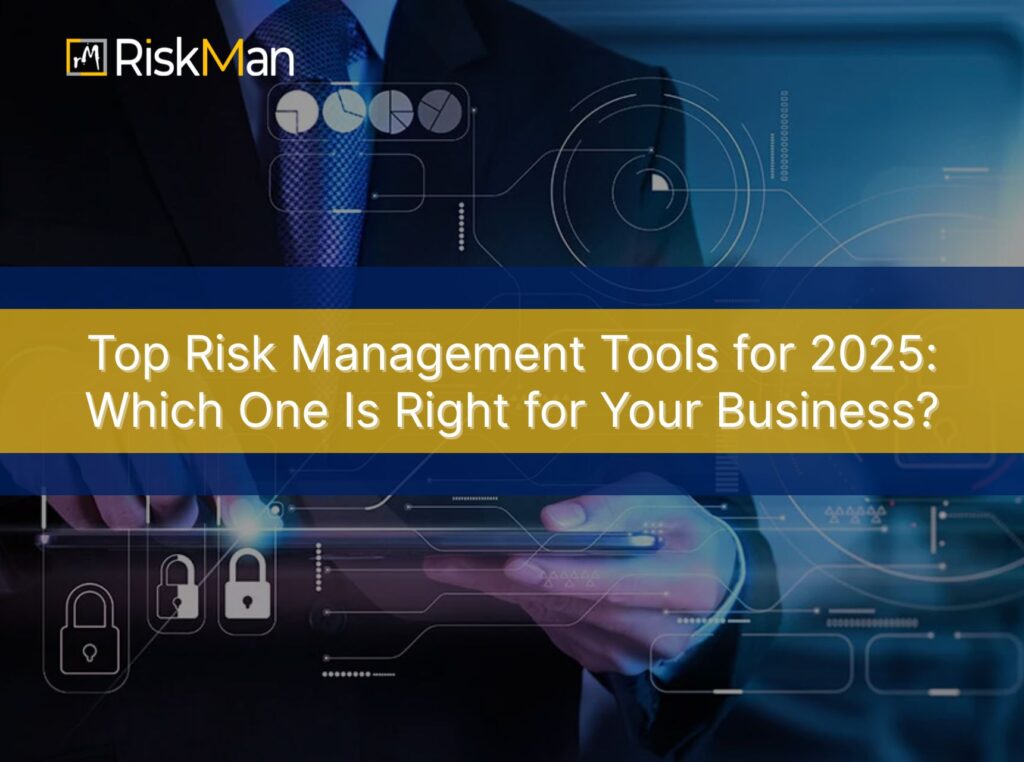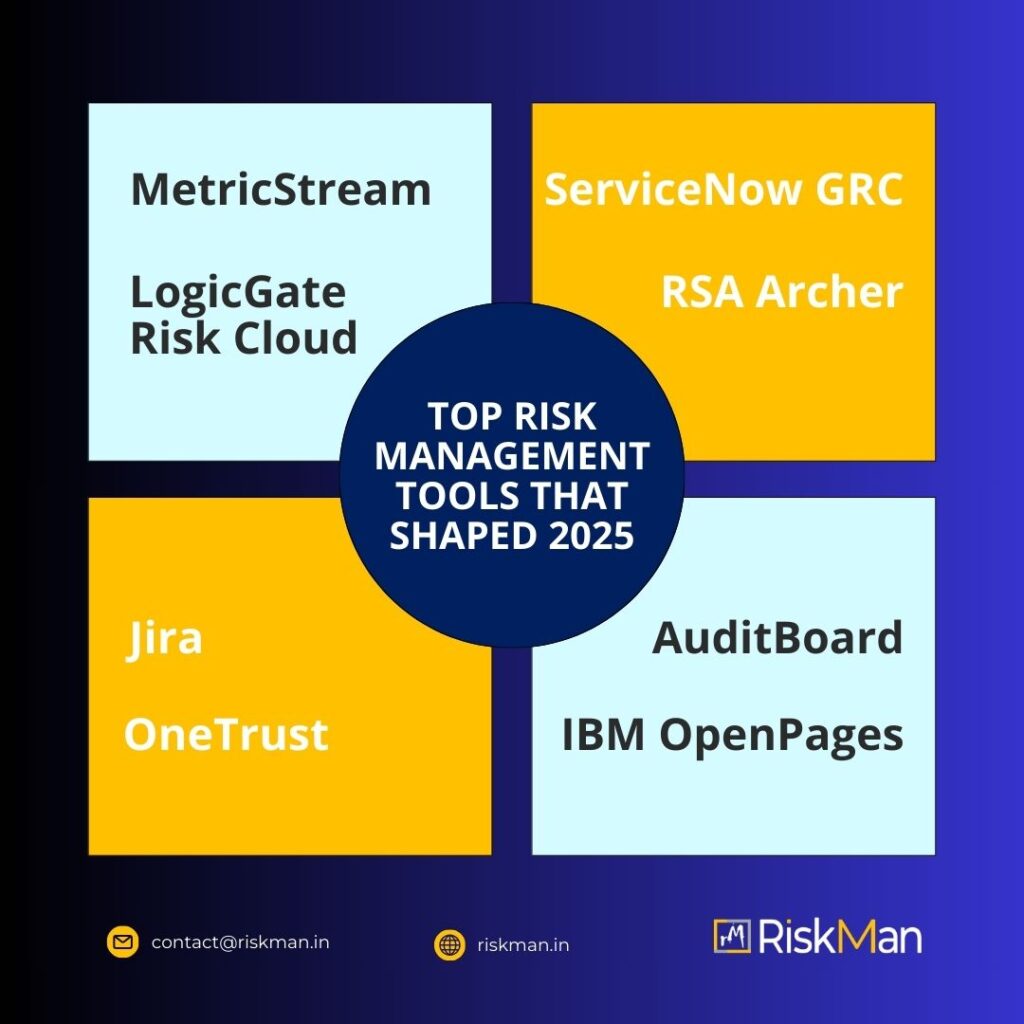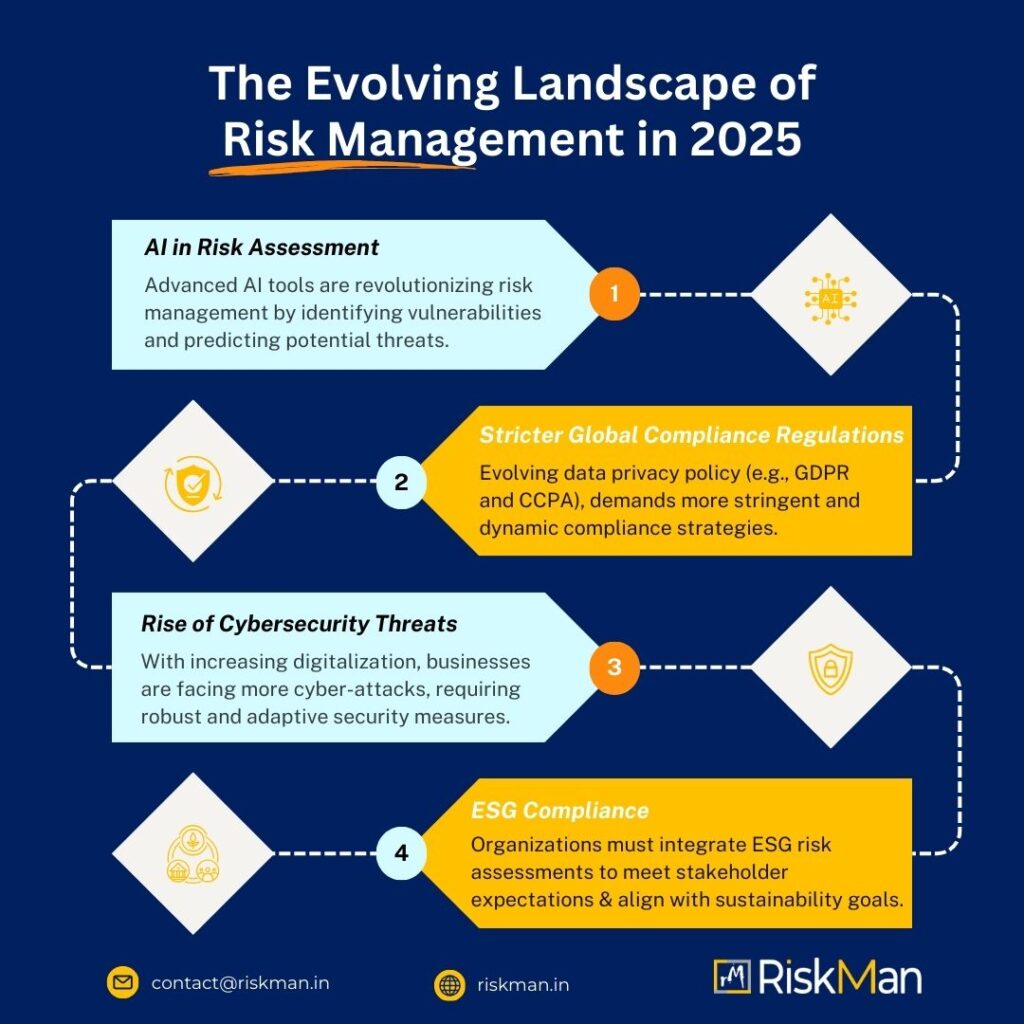
Business success is highly dependent on effective and proper risk management. Due to regulatory changes, market shifts as well as technological advancements, organizations have to constantly face challenges while trying to identify and manage risks. It is necessary for organizations to create a system that will help them manage these challenges effectively. Risk management tools are helpful to create this system, where you will be able to identify, evaluate, and resolve the potential risks. This blog will help you identify the importance of risk management tools and how to find the right one for your business, along with the top risk management tools.
Table of Contents
Why Risk Management Tools Matter
The risk management process can become challenging to complete manually. Using risk management tools can help your company to effectively maneuver these difficult situations and make it more resilient. The benefits of using risk management tools are as follows:
- Improved Decision-making and Market Visibility: It is possible for leaders to create a better risk management plan with the help of these tools. Leaders can have access to holistic insights on potential market threats, and the impacts that can have with these tools can have. This not only gives the companies an improved decision-making opportunity but also better market visibility. Stakeholders can quickly find the risk areas and avoid them at all costs.
- Better Risk Avoidance: Proactive avoidance of risk areas during a risk management process helps companies to create a strong risk management plan. Businesses can reduce operational disruptions and continue a stable business process.
- Improved Operational Efficiency: Furthermore, the operational efficiency of the risk management process gets improved with the help of these tools. It is no longer required for the leaders to manually administrate every task and automate them instead, which further leads to time saving.
- Effective Collaboration: It is possible to implement cross-functional project collaboration, as many risk management tools are designed that way. Different teams can identify, assess, and mitigate the risks simultaneously in a singular platform.
- Guaranteed Compliance: Finally, regulatory compliance is the most important factor for companies, and these tools help organizations to provide it with the help of standardized processes, documented audits, and consistent reports.
Criteria for Choosing the Right Risk Management Tool
Choosing the right tool is important for companies to create a seamless risk management process. The following conditions are important to have when choosing a risk management tool for your company.
- Workflow Customization: It is important to have a tool that has flexibility for workflow customization instead of a rigid system. This way, it will be possible to have flexible risk assessments based on your company’s needs.
- Real-time Data Availability: The availability of real-time data helps companies to effectively understand the risk status, which further provides risk mitigation support.
- Other Platform Integration: The tool needs to have a seamless integration where effective team collaboration is possible. It is important to have collaboration across teams to mitigate any existing risk.
- User-friendly Interface: User-friendly interface helps companies to encourage tool adaptation across teams. A complex interface can create resistance towards the adaptation among non-tech savvy team members.
Top Risk Management Tools for 2025
LogicGate Risk Cloud
This GRC platform risk management tool is used for risk assessment automation, workflow management as well as compliance tracking. Companies can use this tool for third-party risk, IT risk, along with efficiency improvement, to reach the goals strategically.

MetricStream
Similar to LogicGate Risk Cloud, MetricStream also provides GRC platform solutions. The purpose of using this tool is to comprehend risk, compliance, and proper audit management. Companies can make complex regulatory decisions with the help of their advanced analytics and automate the governance process effectively.
IBM OpenPages
IBM OpenPages uses AI to identify organizational patterns that are majorly causing risks. The prediction of these patterns can help companies to mitigate the risks in a better way while making better decisions in the future.
RSA Archer
RSA Archer has a flexibility and scalable interface that helps companies to manage organizational risks while maintaining regulatory requirements as well as industry standards. Companies can manage organizational controls, compliance obligations, and policies within a single platform with the help of this tool.
ServiceNow GRC
This tool is built on the ServiceNow platform and is majorly helpful in risk monitoring, control testing, and policy management. The users can get actionable insights with the tool, which further helps in the risk management process.
AuditBoard
AuditBoard has a user-friendly design that is helpful for team collaboration. Companies can effectively simplify the internal audits, risk assessment, and SOC compliance processes with the help of this cloud-based risk management tool.
Jira
This versatile project management tool is also effective in managing risks within an organization. It tracks and controls risks within IT and developmental tasks. It has a seamless interface that provides flexibility to the users.
OneTrust
This risk management tool complies with data protection regulations used globally. It is possible for the tool to do vendor risk assess as well as sustainability report enhancement. Organizations have been able to create trust among their stakeholders with the help of this risk management tool, as it keeps a record of all risk management activities.
Where Risk Management Is Heading
The risk management process is taking a dynamic shift towards strategic automation processes where the approach is data-driven. It has become important for companies to adapt to the automation processes more than ever. Multiple companies within the industry have already started inculcating automation processes, and that is becoming the new norm.

Apart from the work environment, geopolitical instability, as well as climate changes are forcing organizations to manage the organizational risks in a better way. This is ultimately creating the importance of automation usage for easy and effective risk mitigation.
Final Words
Companies are required to respond to the risks at a faster pace to avoid any downfall. Risk management tools are the perfect solution for this type of challenge, along with other visible benefits. However, it is required for companies to identify the right risk management tool that is specific to their unique needs. RiskMan Consulting is one of the most reputed advisory firms that specializes in risk management services, and we will consult with you further to choose the right risk management tool, along with risk management-related decisions.
FAQs (Frequently Asked Questions)
1. What are the types of risk management tools?
There are three categories of risk management tools: GRC Solutions, ERM Platforms, and specialized risk tools. Choose the type of risk management tool that is specific to your company’s needs.
2. Is it possible to manage all types of risks with only one tool?
A single risk management tool cannot identify and mitigate every risk. It is required to have different tools for different stages of risk. Reach out to RiskMan Consulting to understand which one will be better for you.
3. How does automation help to reduce the audit and compliance costs?
It is possible to outsource repetitive tasks with the help of automation, which provides an increased amount of time for doing complex activities manually.


Write A Comment